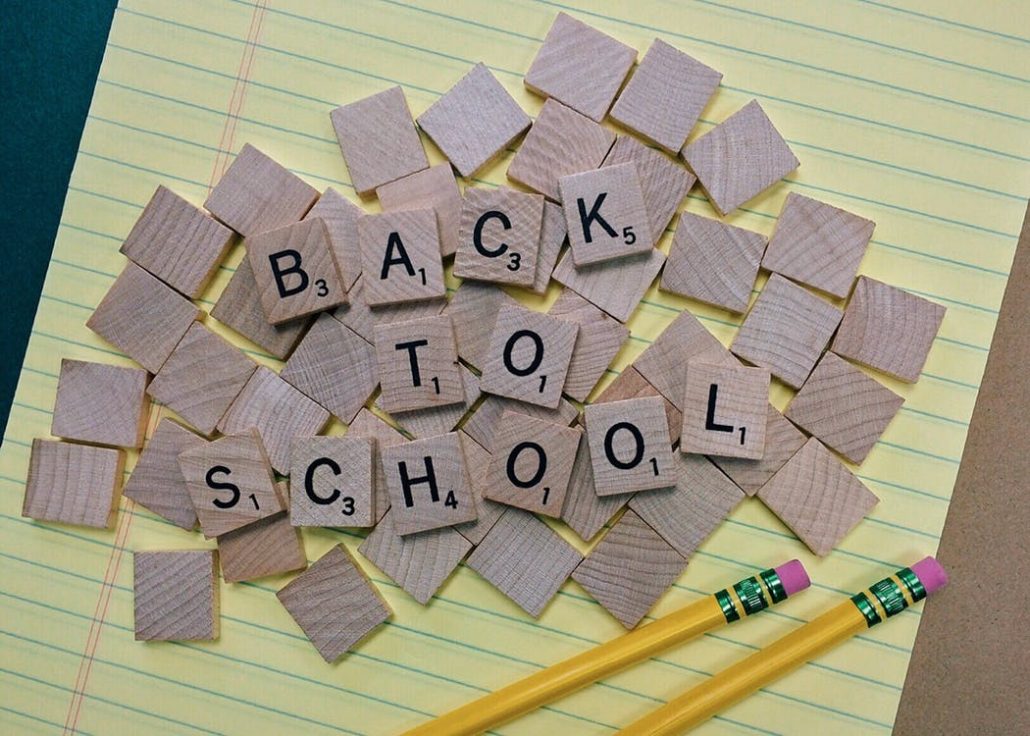Back To School Tips

Without fail, the summer always seems to end the same way—abruptly. While families have been soaking up the sun with days filled with themed camps, pool time, beach vacations and fireflies, classrooms have been prepped for a new surge of activity. For most of us, the backpacks are buried in the closet and homework has long been forgotten. However, all of that is about to change. Signs that school is just around the corner are everywhere—the stores are stocked with school clothes, while ads are displaying the hottest new school supplies. One thing is for sure, it’s time to get in gear for the school year ahead.
- Set a schedule. Start a school schedule at least a week prior to school. Include bedtime, morning wake-up and routine, and lunch preparation.
- Gauge feelings. Talk to your children about their feelings and concerns. Ask questions that prompt conversation and help them feel in control. What subjects interest them most? What friends are they excited to see? What new challenges await them?
- Aim high. Talk to your children about the expectations for the different parts of their day. Consider creating a visual “to do” list that includes a morning routine, homework, and other responsibilities. Encourage students to check off listed items prior to leisure or screen time.
- Drive by. Drive or walk by the school, take a tour of the classrooms, visit the website, and visualize the school day from start to finish. What will the bus ride be like? What will lunchtime entail? Where are the gym, art room, music room and restrooms?
- Phone a friend. Reconnect with friends from last year. Schedule a play date or meet for ice cream. If your child is shy or new to the school, this is a great way to have a friend waiting on the first day of school.
- Give control. Students often have mixed feelings about going back to school. Shop for supplies early and allow them to make selections. This decreases their anxiety, limits pressure on you, and avoids the last-minute crowds.
- Strike a pose. Take your child shopping at his or her favorite store to pick out new school clothes. Your child’s style may not be your style, but here’s a chance to encourage positive self-image and expression.
- Ease into it. Don’t suddenly stop summer fun, but slowly infuse learning opportunities. Take a trip to a museum, paint pottery, or visit the library.
- Be available. As your child eases into a new school routine, regularly make time to listen to your child’s first impressions, new discoveries and fresh challenges. Be proactive in helping your child adjust and advance, and you will stay informed as new challenges arise.
- Be an advocate. Before school starts, schedule a meeting with the school nurse, teacher, or guidance counselor to discuss significant changes, learning concerns, or summer progress. Remember to initiate a follow-up chat once school gets underway to ensure any issues were addressed.








